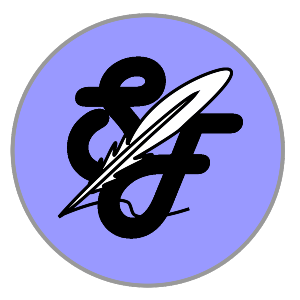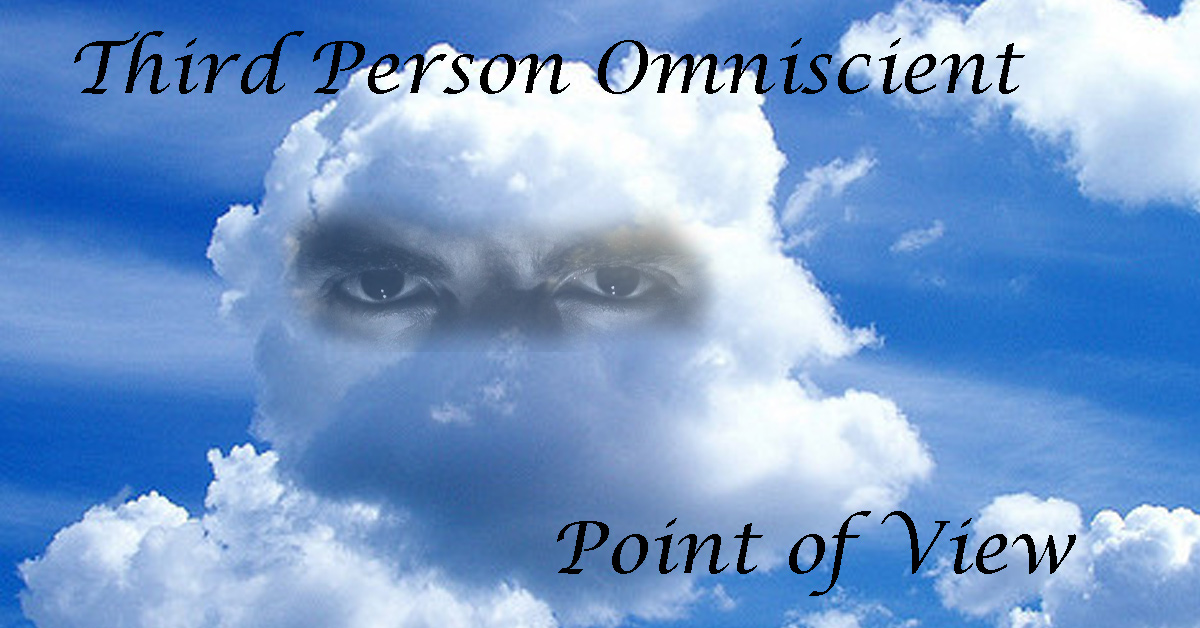The third person omniscient point of view is the most open and flexible POV available to writers. As the name implies, an omniscient narrator is all-seeing and all-knowing.
— David Mamet
Once a writer decides to use a third person point of view (POV) the next question is: what is the SCOPE of that view?
- Objective: access only to an external view and dialogue of a character
- Subjective: access to a character’s thoughts and five senses
- Number of characters in each category (subjective or objective)
- Number of narrators
- Limit and reliability of each narrator’s knowledge

SCOPE is a mix and match idea of any of the items in the list. On one end, the scope is just focused on one character limited to what they can see and hear. On the other end, the scope is God-like or authorial — knowing everything including how the story will end. The latter scope is termed “omniscient” and is the focus of this post.
Is omniscient a good POV for a story and what are the issues?
Below are the first two sentences of Lord of The Flies, a famous story in third person omniscient — the POV certainly worked for Mr. Golding.
The boy with fair hair lowered himself down the last few feet of rock and began to pick his way toward the lagoon. Though he had taken off his school sweater and trailed it now from one hand, his grey shirt stuck to him and his hair was plastered to his forehead.
Lord of the Flies by William Golding
Third Person Omniscient Point of View
| PROS | CONS |
| Gives a profound feel to a story. | Requires a lot of skill to avoid pitfalls. |
| For speculative fiction: it allows access to “alien” thoughts and plans that might otherwise be inaccessible. | Knowing what aliens are thinking or planning might reduce the surprise. |
| Long history of this POV. Tolstoy is a master. | Might make a story seem old fashioned. |
| The narrator can reveal the thoughts of any character and is not limited to scene boundaries. | Revealing too much can reduce reader interest and suspense. |
| Because the narrator is introduced at the start the reader knows they will be watching and providing information. | Readers can get the feeling the narrator is holding back critical information. |
| It was popularized in the 1950’s by the TV show “The Twilight Zone.” | If approached in the same way a story can seem part of that series. |
| Because it’s not used much in current fiction, it can seem new to some readers. | Unfortunately, publishers know the style is not new and tend to shun books using an older POV. They seem to prefer limited third person or first person POV. |
| The POV can tell the reader a lot about the setting and backstory. | Tends to “tell” rather than “show.” |
Conclusion:
For experienced authors only. Give it a try in a short story as a trial — if it works for you then go for it. However, you will encounter grief from those who critique and those who publish. Close third person with multiple points of view is the more modern POV which has the advantage of telling a story through characters rather than over the top of them.

R. C. Beckett was given a collection of Fantasy and Science Fiction Magazines as a teenager and read hundreds of the stories — he was hooked and started writing fiction in 2013. He loves to write hard science fiction, but can’t help adding a bit of humor. Publications: “Exit Mars” and “Exit Earth” (available on Amazon). “Exit Pluto”, the third in the Exit series, should be published in the near future. He is finishing up a new novel, Legacy of Earth. He lives in Golden Colorado and is a member of Rocky Mountain Fiction Writers. Walking his dog is key to his writing since that’s when he imagines plots for his stories. He also volunteers as a webmaster for non-profit companies including SpecFicWriters.

